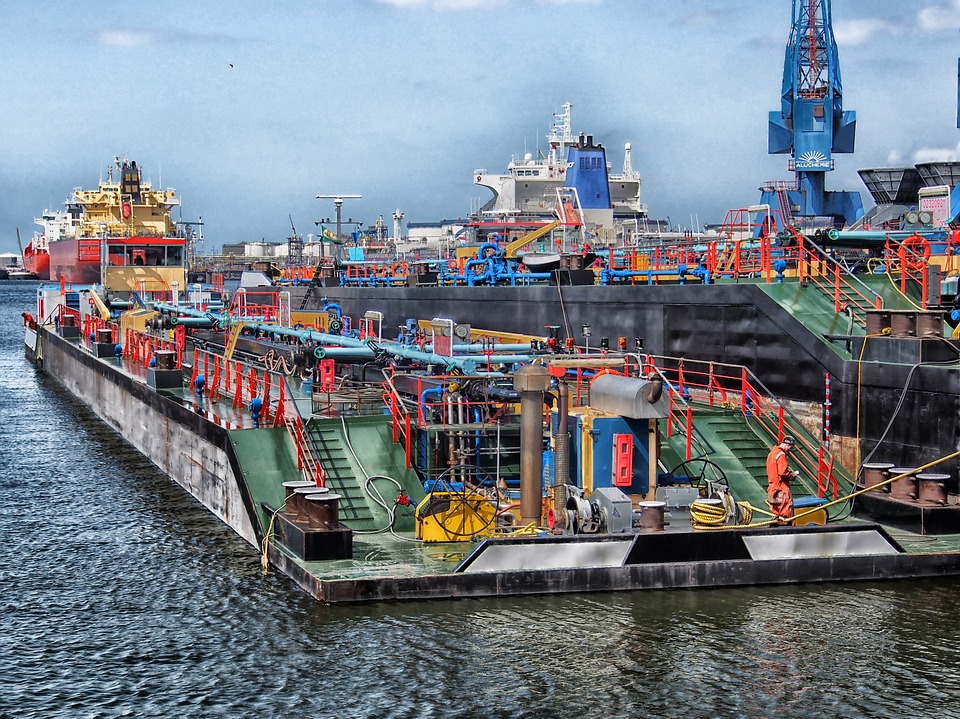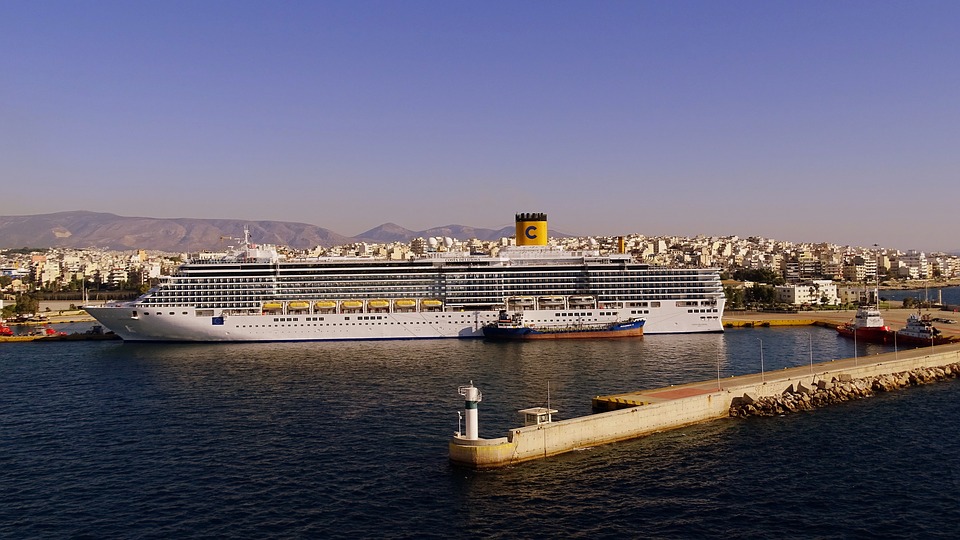Check out these amazing hotel deals!
- Save up to 30% on your hotel in Hawaii!
- Last-minute holiday hotel deals
- Top hotel deals for a new year trip
- Visiting Paris? Find the Best Deals & Reviews at TripAdvisor.
- Save 30% on hotels in Ocean City, Maryland...a TripAdvisor Top 10 Summer Destination!
- Save up to 30% on your hotel on your Winter Vacation!
- Find top-rated hotels at the lowest prices on TripAdvisor. Check rates now!
- Save up to 30% on hotels for a romantic getaway!!
Many European cities are located on the sea. They have built their treasure over the years thanks to the importance and vastness of their port. Used, both, for commercial purposes and for tourist trips, the port has always been a symbol of the exchange of goods or culture, of arrivals or departures.
So, which are the largest and most important commercial and tourist ports in Europe?
Here are the top 10 positions!
The Largest and Most Important Trading Ports in Europe

The ranking reports the top 10 trading ports estimated in TEU ( Twenty-foot equivalent unit ) or the equivalent unit of 20 feet, the standard measure of volume in the transport of ISO containers, which corresponds to about 40 total cubic meters.
A series of geographical reasons (e.g. more presence of land) and anthropological (e.g. distribution of wealth) cause the economic difference between the north and the south of the world. This gap is also evident in the maritime economy, where the organization of port spaces makes more difference than the level of development of the port city.
Namely, the Port of Rotterdam was also the largest in the world until 2004, when it was overtaken by Singapore and Shanghai. The Port of Hamburg is the most important in Germany, as well as one of the biggest attractions of the city. It’s, both, an industrial and logistic center, but also a cultural center due to the presence of several museum ships, theaters, bars, restaurants, hotels, and even a floating church. And, the Port of Antwerp enjoys a more central location in Europe than most ports of the North Sea.
But, let’s not take more of your time and look at the 10 largest and most important trading ports in Europe by TEU coefficient:
- Port of Rotterdam, The Netherlands: approximately 11,876,000 TEU coefficient
- Port of Hamburg, Germany: approximately 9,014,000 TEU coefficient
- Port of Antwerp, Belgium: approximately 8,664,000 TEU coefficient
- Port of Bremerhaven, Germany: approximately 5,915,000 TEU coefficient
- Port of Valencia, Spain: approximately 4,327,000 TEU coefficient
- Port of Algeciras, Spain: approximately 3,608,000 TEU coefficient
- Port of Felixstowe, UK: approximately 3,248,000 TEU coefficient
- Port of St. Petersburg, Russia: approximately 2,365,000 TEU coefficient
- Malta Freeport, Malta: approximately 2,360,000 TEU coefficient
- Port of Gioia Tauro, Italy: approximately 2,264,000 TEU coefficient
The Largest and Most Important Tourist Ports in Europe

To classify the 10 largest and most important tourist ports in Europe, we’ve considered the number of passengers who pass through the port cities each year to go on vacation, visit the main cities, or go to other places.
The Port of Piraeus, the main port of Greece, sees the passage of international ferries but also of local traffic, directed to the numerous Aegean islands. The Port of Dover, which is of strategic importance since the Bronze Age, first developed as a commercial port in the 1600s and then also as a tourist port at the end of the 1800s. The Port of Paloukia is located on the island of Salamis, the largest in the Saronic Gulf. It’s a very dynamic place, always busy with boats transporting tourists but also by fishing boats that unload the fish.
But, let’s see the top 10 positions based on annual passenger transit:
- Port of Piraeus, Greece: 20.9 million passengers
- Port of Dover, UK: 12.9 million passengers
- Port of Paloukia, Greece: 11.7 million passengers
- Port of Helsinki, Finland: 10.3 million passengers
- Port of Calais, France: 10.0 million passengers
- Port of Stockholm, Sweden: 9.2 million passengers
- Port of Helsingborg, Sweden: 8.3 million oassengers
- Port of Helsinger, Denmark: 8.3 million passengers
- Port of Messina, Italy: 8.1 million passengers
- Port of Tallinn, Estonia: 8.0 million passengers
Check out these amazing hotel deals!
- Save up to 30% on your hotel in Hawaii!
- Last-minute holiday hotel deals
- Top hotel deals for a new year trip
- Visiting Paris? Find the Best Deals & Reviews at TripAdvisor.
- Save 30% on hotels in Ocean City, Maryland...a TripAdvisor Top 10 Summer Destination!
- Save up to 30% on your hotel on your Winter Vacation!
- Find top-rated hotels at the lowest prices on TripAdvisor. Check rates now!
- Save up to 30% on hotels for a romantic getaway!!






Find Us on Socials